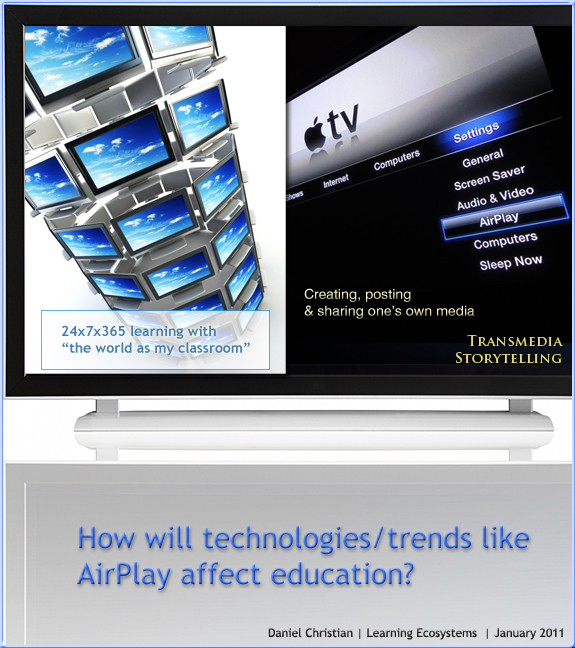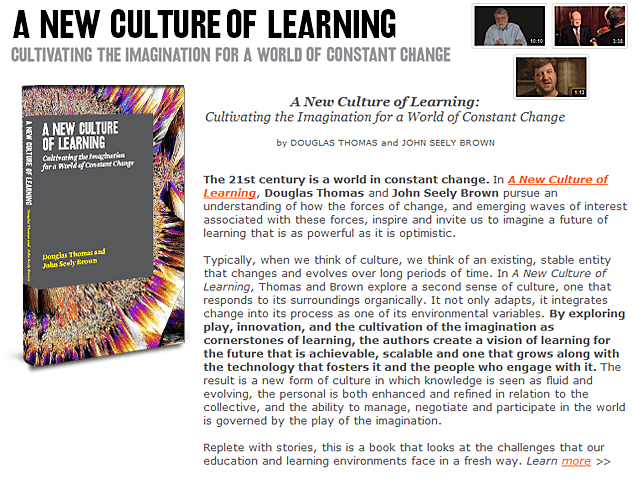CSU students’ tuition suit now a class action — from SF Gate by Nanette Asimov, Chronicle Staff Writer
A longshot legal complaint by five students who accused California State University trustees of illegally raising tuition in 2009 is now an official class-action lawsuit on behalf of 200,000 students demanding their money back. At stake is $40 million in refunds for students at a time when CSU is facing at least a $500 million cut in state funding that could bring on layoffs, course reductions and even higher tuition. The lawsuit claims CSU illegally raised tuition for fall 2009 because students had already paid that semester’s bill.
From DSC:
- I certainly hope that this is a longshot legal complaint — both now and forevermore. However, in our litigious society, I’m not so sure.
- When someone is now paying the price of a house for an education, expectations greatly increase. When the employment situation is tough, will students come back to sue? Don’t get me wrong, I am not in support of this at all — and I think it would be misplaced anger. However, I can see it happening more and more unless the price can be brought back down. It’s like steam in a tea kettle, turn down the temp (i.e. price), and there is less steam (i.e. anger). But it’s not just that — reducing the price of education via innovative means will hopefully be a win-win situation for all involved.
Recent/related items:
- The (Un)employment Chronicles: Voices of the Degreed and Jobless — from The Huffington Post
- Share Your Story — Majoring In Debt — from The Huffington Post
- Unemployed Woman Sues College For Tuition — from The Huffington Post














